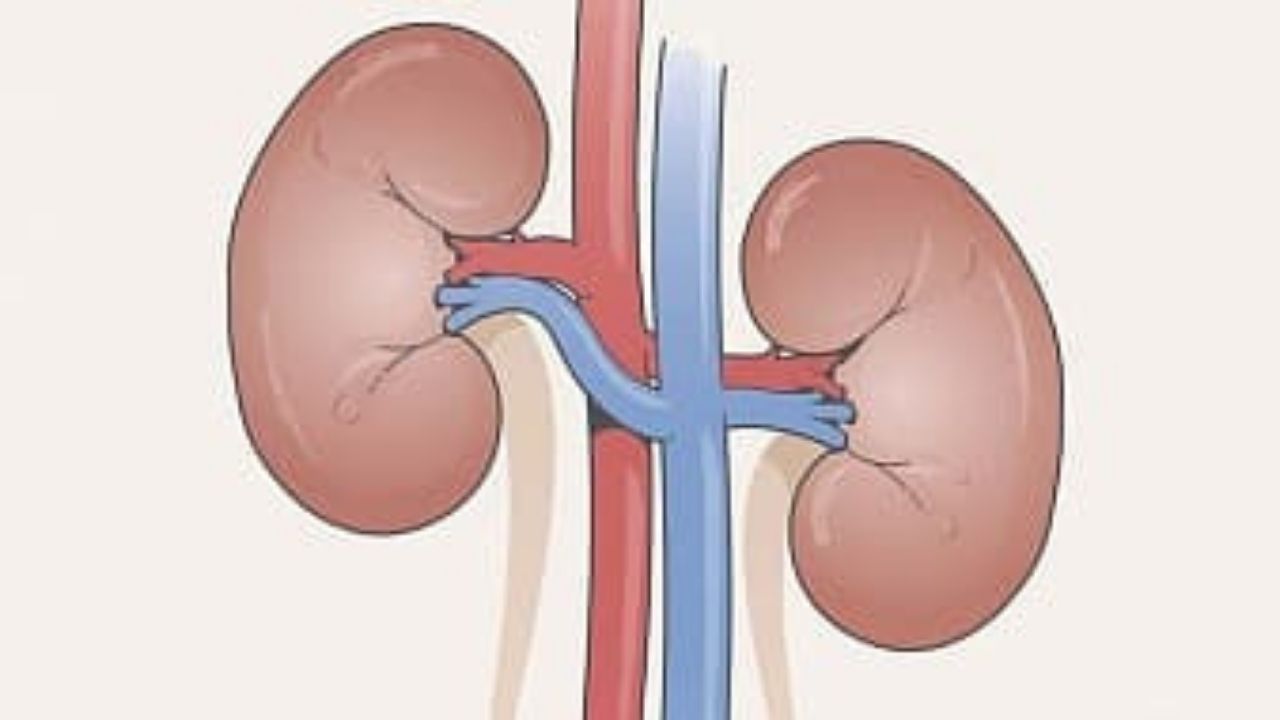Nephroptosis (nephroptosis; Greek nephros – kidney, ptosis – prolapse) is a pathological condition characterized by excessive mobility of the kidney.

As a rule, young women with mild or obvious underweight are ill. Also, abrupt changes in body weight can lead to nephroptosis (the classic situation is “getting back in shape” after childbirth). The kidneys are fixed in a certain anatomical position with the help of the ligamentous apparatus and perirenal adipose tissue. At the same time, they have physiological mobility, shifting during breathing and movements. However, this mobility is limited to a few centimeters. In a situation where, for various reasons, the supporting apparatus of the kidney is untenable, it acquires pathological mobility.
What does this lead to?
The kidney does not exist by itself. Vessels approach it – an artery and a vein, and the ureter leaves it, through which the formed urine enters the bladder. In a situation when the kidney begins to “walk”, its blood supply may be disrupted (renal vessels are bent) or the outflow of urine through the ureter, which can also be deformed, becomes difficult. All described problems usually occur in an upright position of the body. As a rule, patients complain of pain in the lumbar region, which disappears “if you lie down.” In addition, a violation of the outflow of urine can lead to inflammation of the kidney – acute pyelonephritis.
The main methods for the diagnosis of nephroptosis
- excretory urography (images of the urinary tract) in a horizontal and vertical position of the body,
- Doppler ultrasound (determination of changes in blood flow in the kidney in an upright position of the body),
- radioisotope study with “diuretic (diuretic) load” (to detect violations of the outflow of urine from the kidney).
If nephroptosis is detected, but there is no pain, impaired blood supply to the kidney and difficulty in excreting urine from the organ, nothing needs to be done! Only to be observed by a urologist. And do not feel like a deeply sick person.
In the case of pain, recurrent acute pyelonephritis, and objective evidence of nephroptosis, surgical treatment is necessary. The best method is laparoscopic nephropexy using a mesh implant. The essence of the operation is to “suspend” the kidney from the psoas muscle. The operation is usually easily tolerated and the patient is discharged home the next day.
The most important:
- the presence of nephroptosis (without functional disorders) – not an indication for surgery,
- the operation “for prevention” is also absurd,
- if there are indications for surgical treatment, it is better to prefer laparoscopic nephropexy.